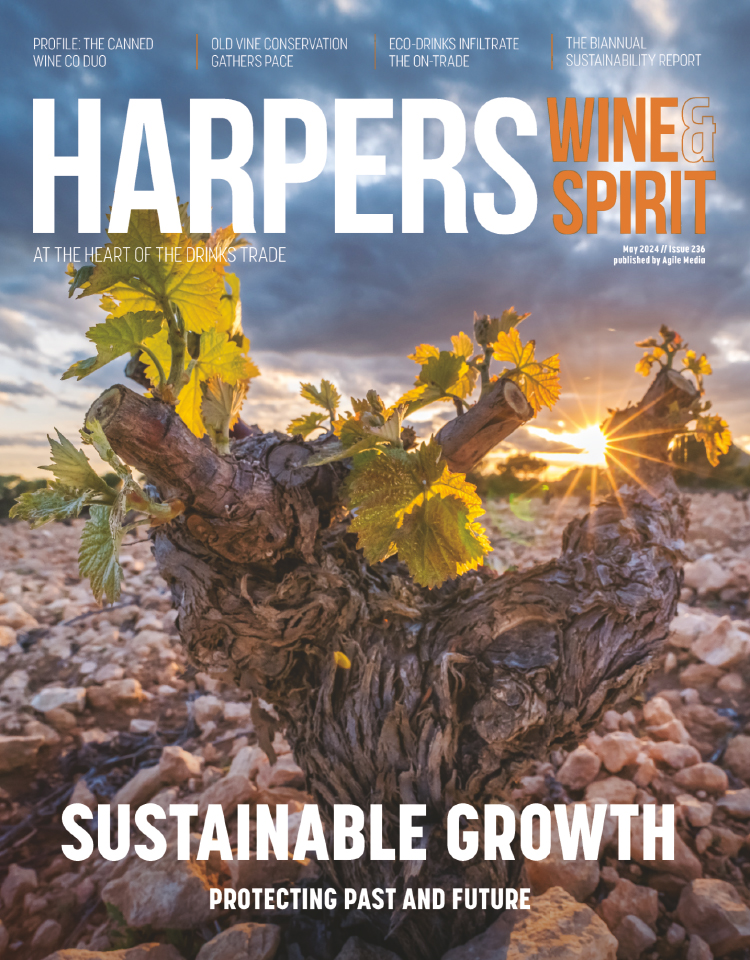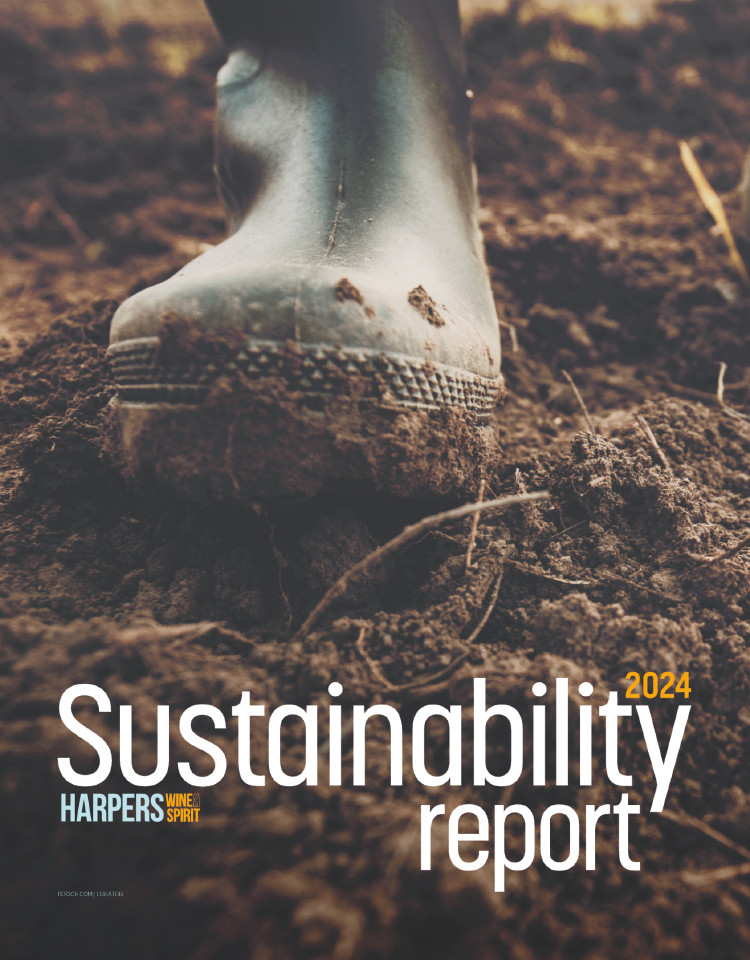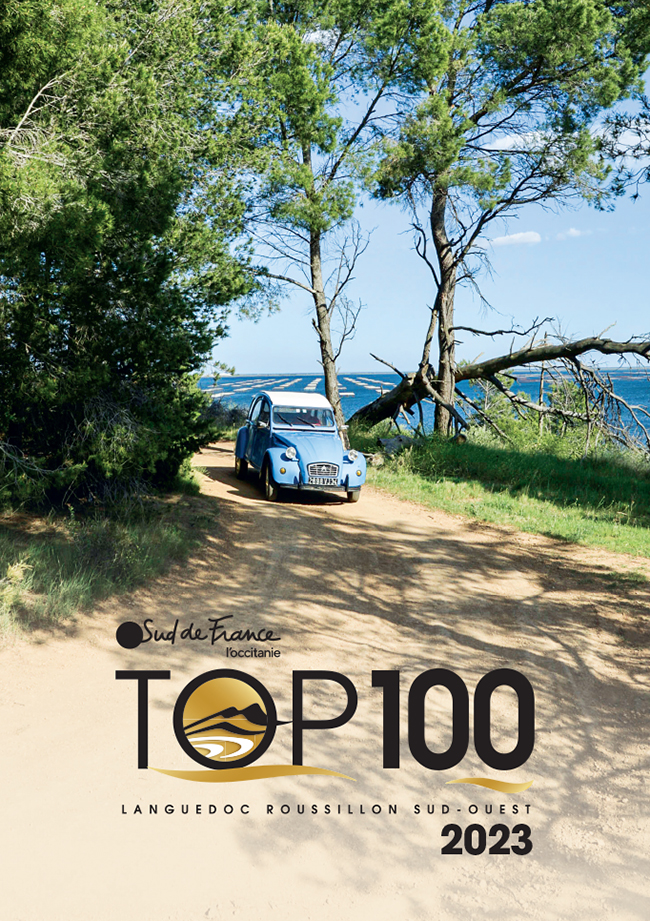Wines in the Press- March 4-7
The Guardian
Victoria Moore says the more interested in wine she gets, the more she's prepared to spend on it.
Sometimes and undemanding £5 wine suits, others she'll happily part with £10 or £15 for a bit more sophistication and finesse.
Tesco wine buyer Graham Nash says it's often fear, not excitement, that persuades people to part with a few more quid than normal. He calls this "the distress purchase - they want to make sure the wine's all right and can't think of any way other than spending a bit more".
Moore says, this is not misguided as couple of extra pounds in this price bracket provides a disproportionate boost to the amount you're spending on the wine itself (as opposed to the bottle, cork, duty). Unfortunately, in the other directions people go scooting towards well-known brands and regions for safety which is far from guaranteed to do them any favours.
The Times
In his new column, Tim Atkin MW, writes about the recent fake French Pinot Noir fraud, where a dozen Frenchmen were found guilty of selling incorrectly labelled wine to the E & J Gallo Winery.
Atkin says it's not the only recent scandal involving France's largest wine region. Nearly half a million bottles of counterfeit Fitou were rumbled in China last week, this time the fraudsters were Chinese, not French.
Allegations of nefarious goings on are numerous, but proof is hard to find, adds Atkin. Examples include the 1970 vintage in Rioja, which some estimate was sold at least twice over and cheap Italian Pinot Grigio, that was cut with everything from Trebbiano to tap water.
"So can you trust the wine in your glass? Yes, most of the time. The wine business is highly regulated, but even without the threat of legal sanction, most winemakers are honest. Wines generally come from the place, or places, that appear on the label and are made from the advertised grape varieties, too."
Financial Times
Jancis Robinson MW says, the words "Japan, wine exporter" have an unlikely ring, but the new organization, Koshu of Japan, is keen to shine an international spotlight on it's native variety.
The national government and local authorities are supporting this new initiative, a drive set in motion only last year by the single-minded Yamanashi wine producer Shigekazu Misawa of Grace Winery. "It is my dream to see Koshu wine recognised for the qualities I know it can have," he says.
Robinson says: "What appeals to me about Koshu is its very lack of brashness, its delicacy, purity, limpidity, and the way it goes so well with the calmer regions of the Japanese gastronomic landscape."
Telegraph
Only a generation or two back there was scant knowledge of white wine in this country, says Susy Atkins.
Apart from keen wine buffs, to most a glass of white was just that - not specifically a Chardonnay, Riesling or Sauvignon. "It's good to think that most people choose more wisely today, knowing, at least roughly, what the key grapes taste like," she adds.
Yet there is still a tendency towards the obvious, states Atkins, and asks, "what about more unusual whites?" She gives an example as wine from the Rhone Valley, which Atkins says she rarely sees on supermarket shelves.
The Marsanne and Roussanne grapes can deliver nutty notes, peach and a hint of ginger, she says and Viognier adds a scented apricot quality. It's the independent merchants that have the real gems, such as Yapp Brothers, in Mere, Wiltshire, adds Atkins. "So put down that Pinot Grigio and give them a ring".
Independent
Amarone della Valpolicella, has just been granted its DOCG (Denominazione di Origine Controllata y Garantita) status.
Patricia Guy, an Italian wine expert living in Verona, questions whether quality is being cut and compromised. She says a genuine Amarone should smell of the drying process, of cherries and of spice that turns to incense as it ages.
Rose says, recent success has enabled producers to invest in improving the health and quality of a wine that was in danger of becoming old-fashioned. Modern Amarone is often made in a style that takes its place alongside powerful New World reds like Argentinian Malbec, Californian Zinfandel and Australian Shiraz.
He says a good introduction is Sainsbury's spicy, Taste the Difference Amarone 2006, (£14.69), but for greater flavour and intensity try the Masi Costasera Amarone Classico 2005, (£21.99, Tesco).





